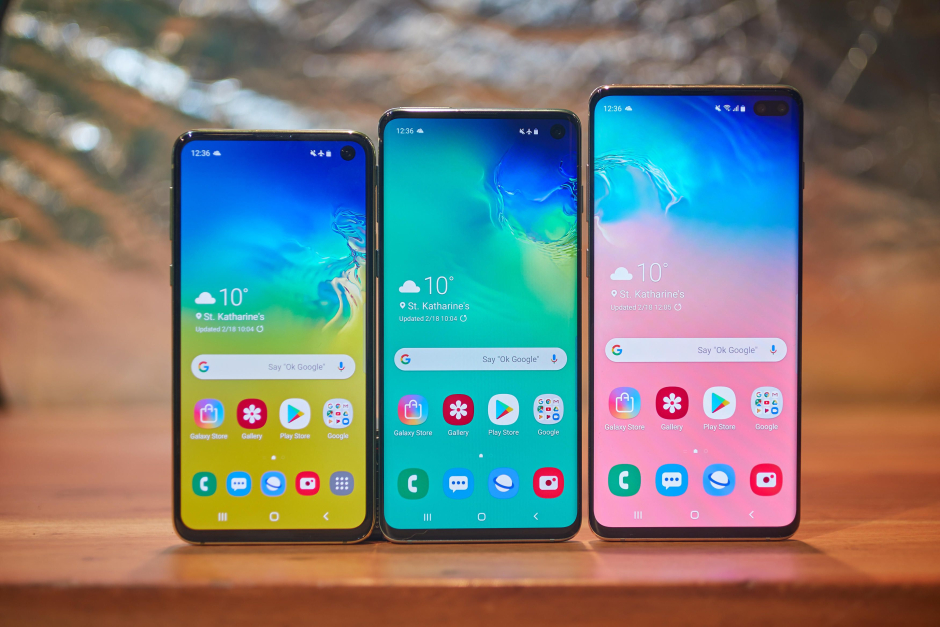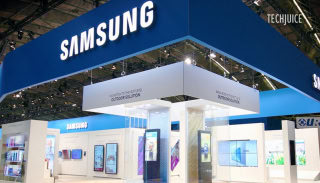According to a Samsung news blog by SamMobile discovered the South Korean smartphone manufacturer has chosen not to implement seamless system updates on its new Galaxy S10e, Galaxy S10, or Galaxy S10+ smartphones.
Updates on Android has been a topic of criticism and scrutiny ever since its inception. Android users for the better part of the last decade have been left frustrated for having to stuck with archaic versions of Android instead of enjoying the latest versions of the OS.
Google in a bid to solve this problem introduced two initiatives; Project Treble and seamless system update (also known as A/B(Seamless) system updates). While Project Treble is aimed at cutting down the efforts and time required to develop and push system updates by OEMs, Seamless System Updates, on the other hand, is focused on making installation of these updates easier and less risky.
However, there is another difference between these two methods (adopted by Google), unlike Project Treble which is a pre-requisite and is supported by every Google-certified device launched with Android 8.0 Oreo and above, the Seamless System Updates feature however is optional for Android device manufacturers and Samsung for some reason has not opted to include this system support in the Samsung’s Android version in the Galaxy S10. This is surprising especially considering the fact that Samsung has traditionally been the slowest smartphone manufacturer when it comes to Android updates because of its overwhelming bloatware.
It should also be mentioned that Samsung isn’t the only smartphone manufacturer opting not to include this support system. Most of the smartphone manufacturers with heavy skin and bloatware have opted not to include this seamless system update support. It seems that the adoption has been mostly limited to devices with stock or close-to-stock Android experience.
While the system makes the installation of updates much simpler, however a visible disadvantage for this system is that it takes a lot of space but considering Samsung provides ample storage in its flagships the system would have only helped Samsung in getting more speedy updates.












